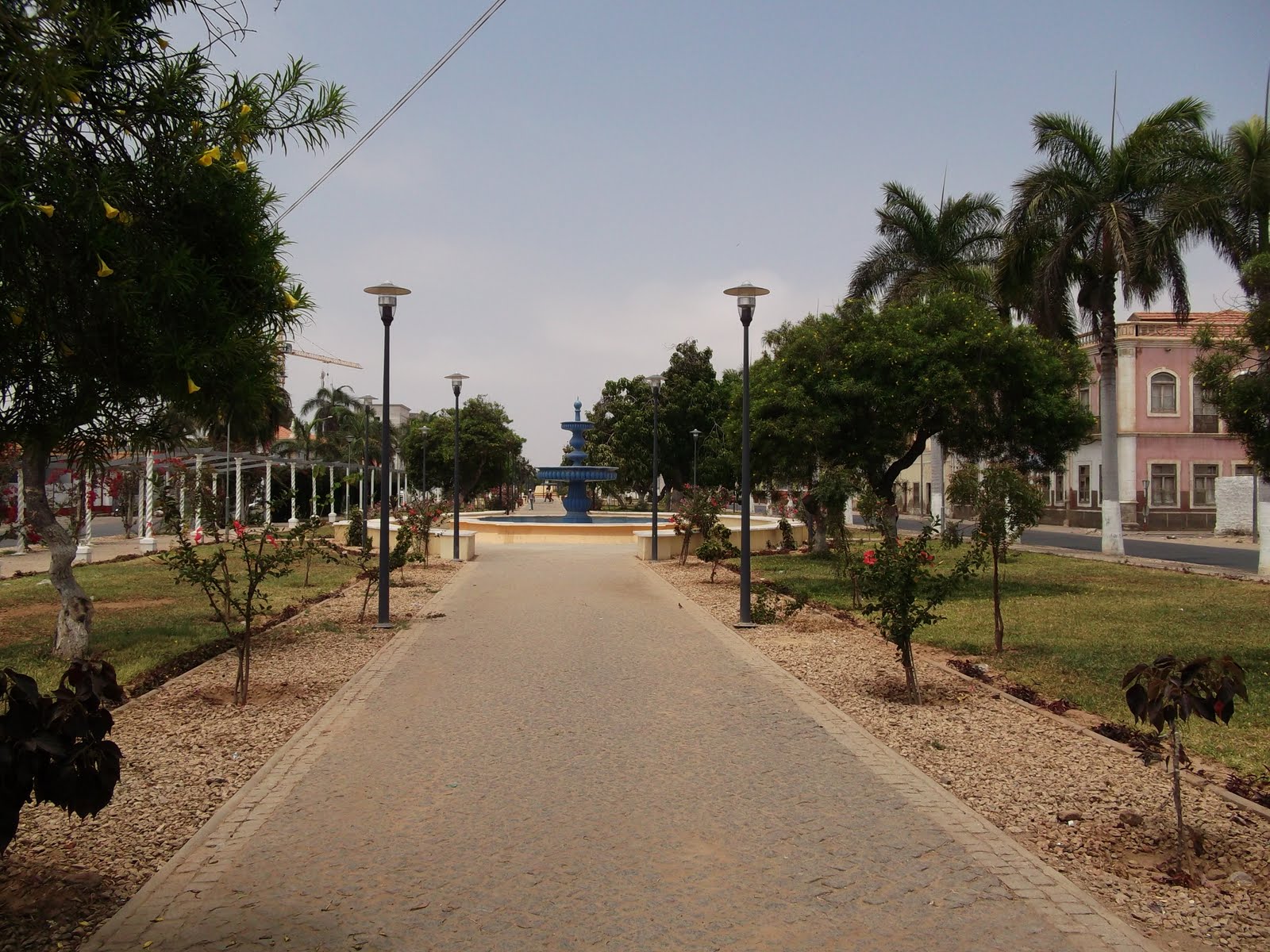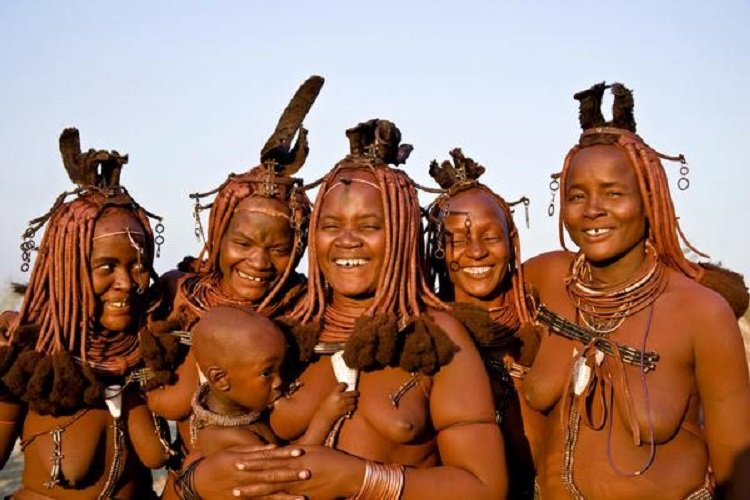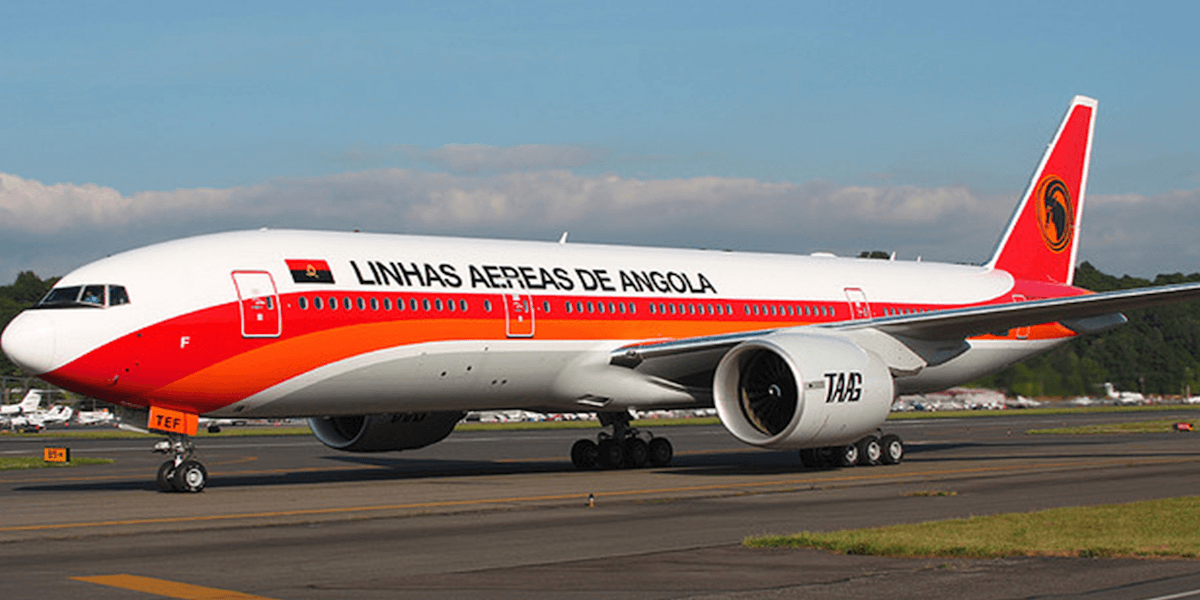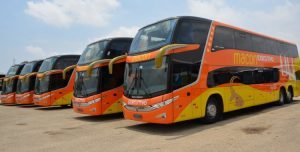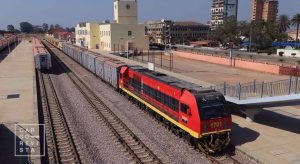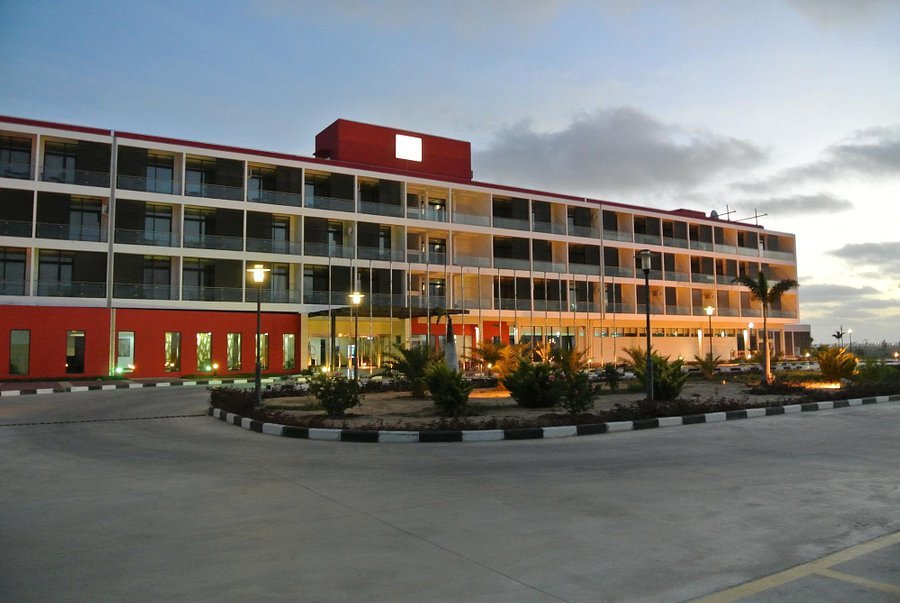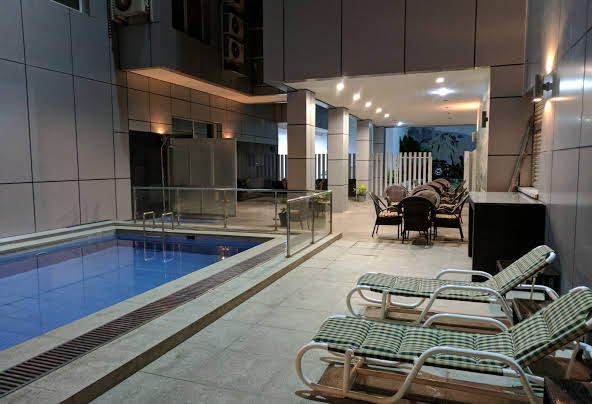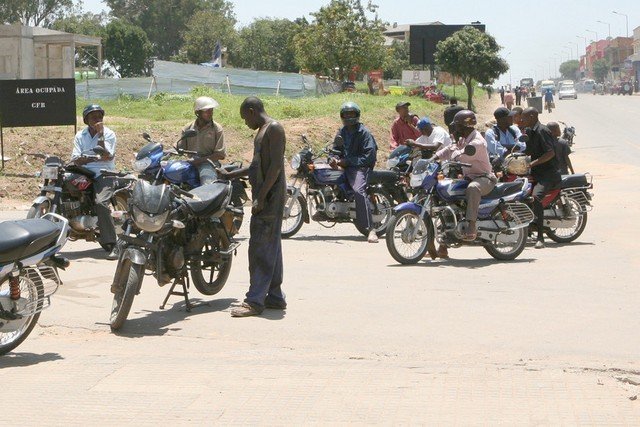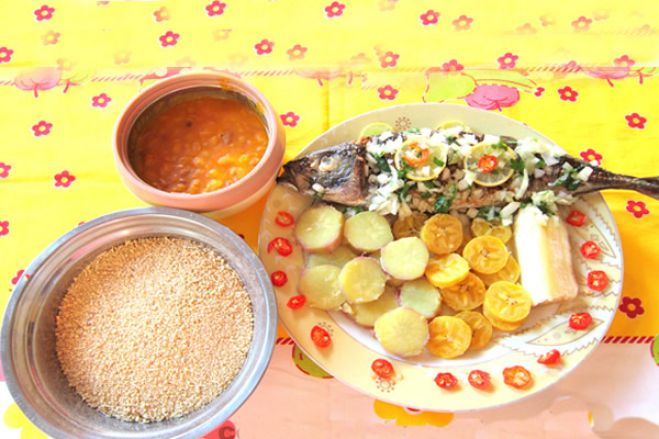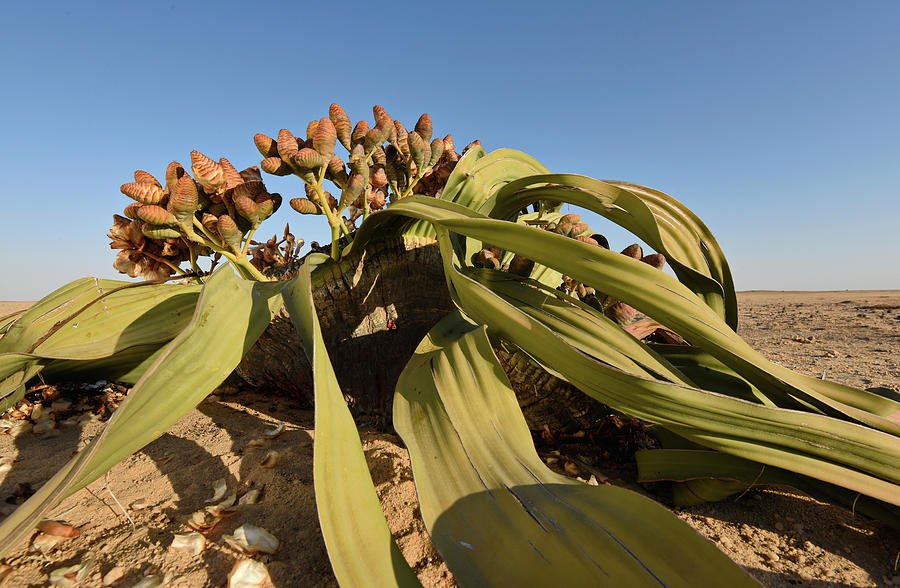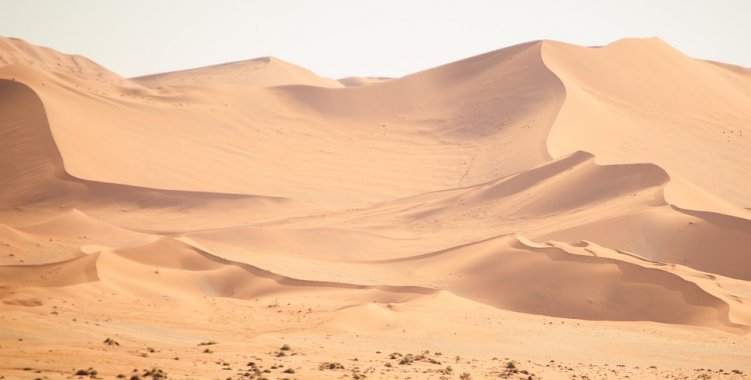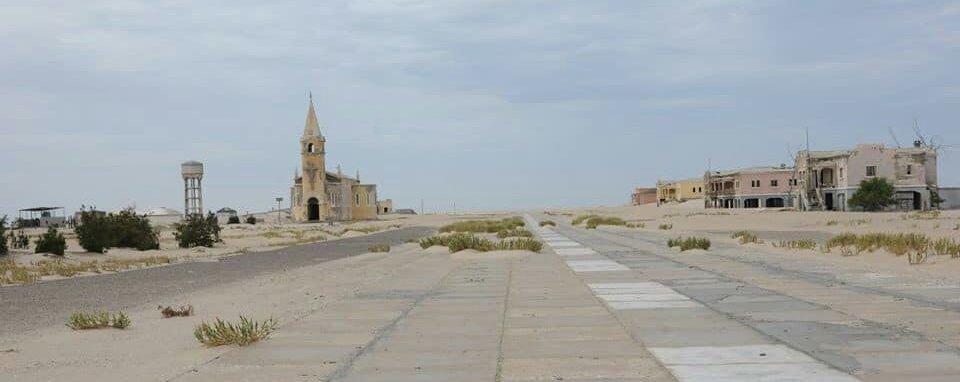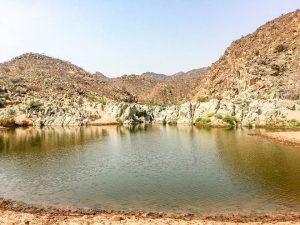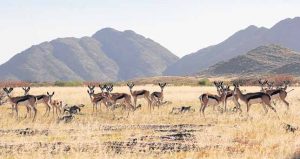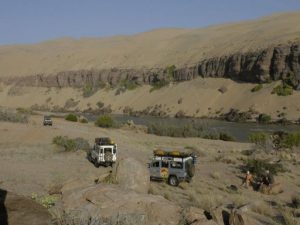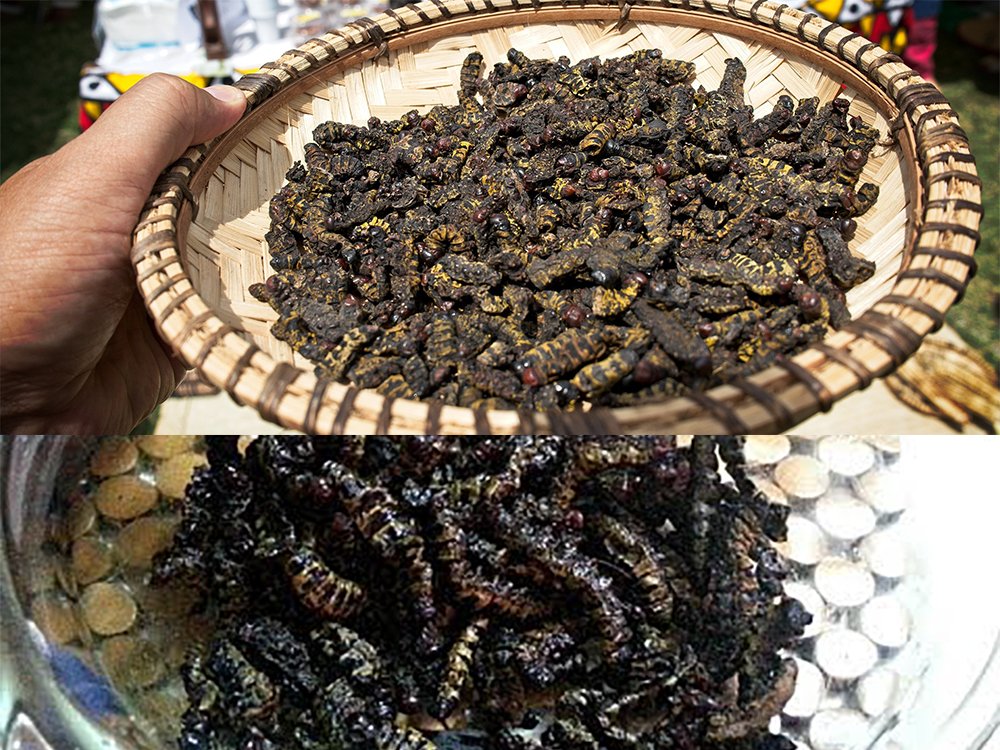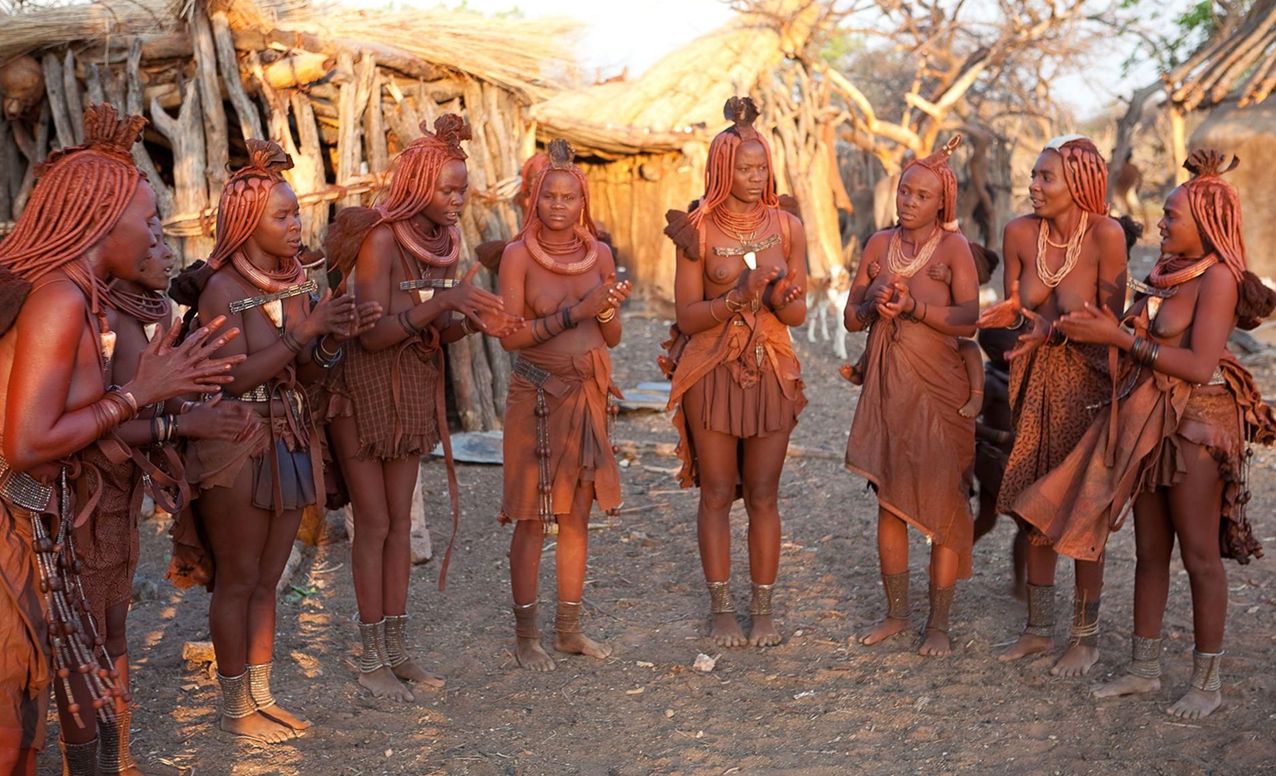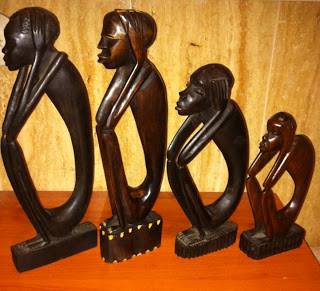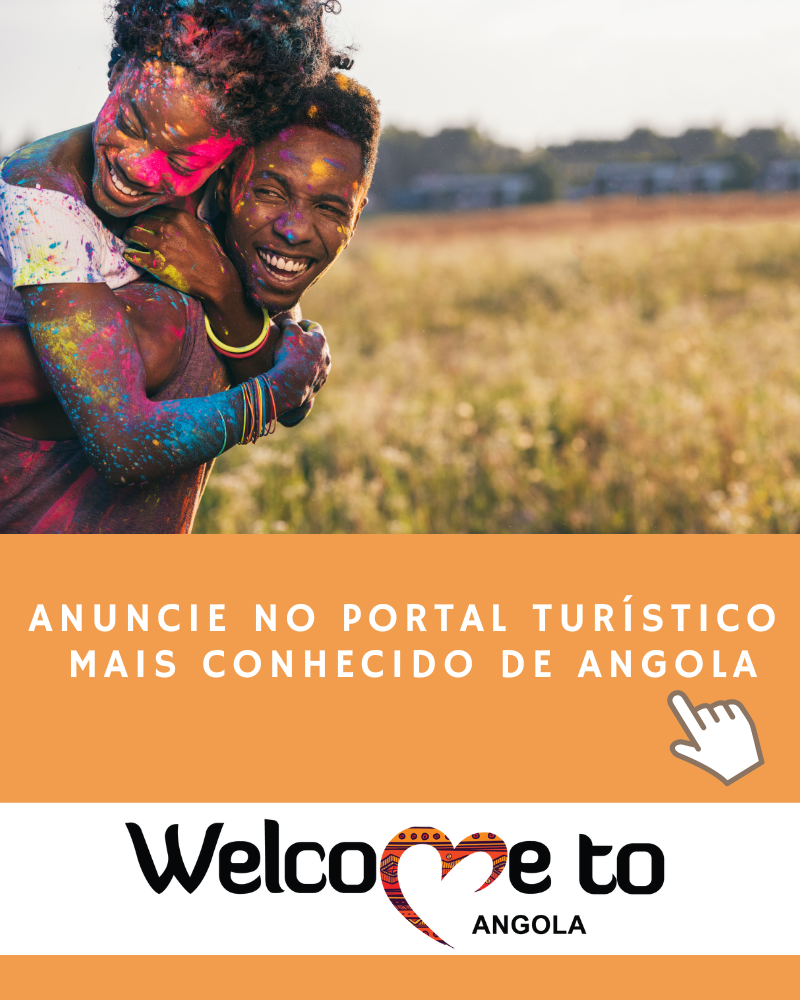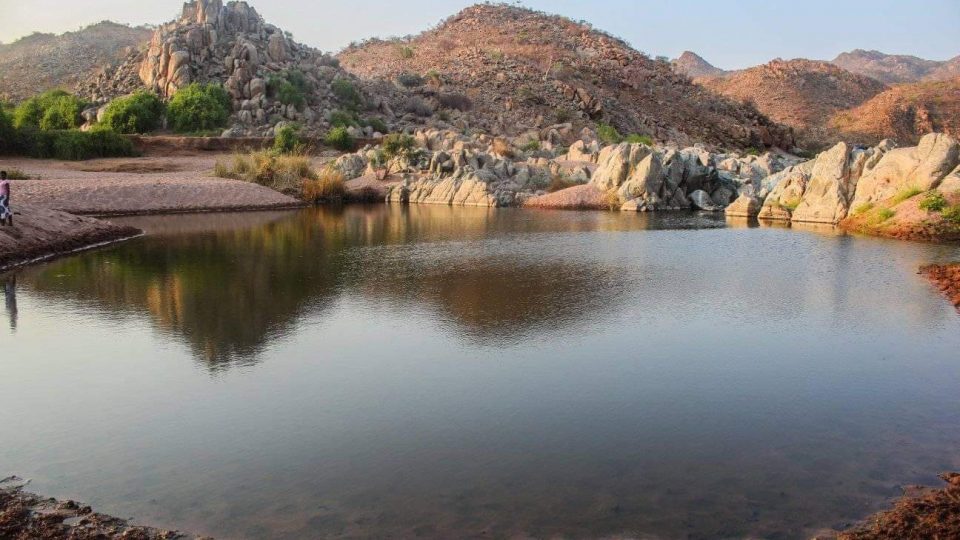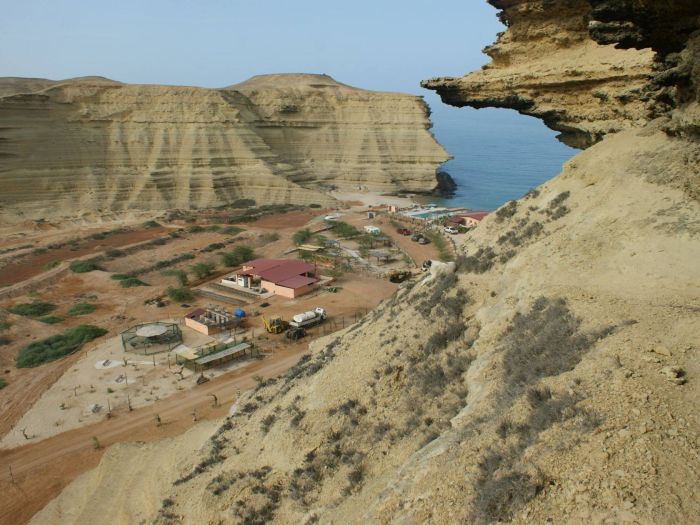- Namibe city
History
Namibe derives from the word “namib”, an expression from the Nama language that has the meaning of “a vast and distant place”. Namibe is a province of Angola with natural charms, founded in 1849. Before the arrival of the Portuguese in Angola, the province was called Chitoto Chabotua, which means “birds hole”.
After colonization, before independence in 1975, the province was called Mozamedes, today it is the name of the capital and the main municipality.
It emerged as a small village inhabited by hunters, fishermen, shepherds and other crafts. It is currently a province with a sustainable economy, democracy, and new infrastructure.
Geography and Demographics
The province of Namibe (formerly Moçamedes) is located on the south coast of Angola, being limited to the north by Benguela province, east by the province of Huila, to the west by the Atlantic Ocean, to the south by the Cunene River and by the Republic of Namibia.
It has an approximate area of 57,091 km2 and an Atlantic maritime border of about 480 km.
The province is divided into 5 municipalities which are as follows:
- Namibe
- Bibala
- I will turn
- camucuio
- tomb
Its capital is the city of Namibe, which is 1,234 km from Luanda and 225km from Lubango. The city was founded in 1840 and, until 1985, was named “Moçâmedes”.
Population
The most spoken national language is Portuguese. The majority ethnic groups are the Nhaneca-Humbi and Herero.
The Bushmen (Khoisan) are present in small communities in this region of Angola.
- the Muimbas
How to get
To get to this province there are 3 means of transport that can provide access to Namibe.
1. Air transport with the company TAAG Angola Airlines or with the company Fly Angola. The departure point is at Luanda's domestic airport, bound for Welwitschia Mirabilis International Airport (Namibe). For those who are in another province of Angola, they should make a flight with a stopover in Luanda and then continue to the aforementioned destination. On average, the trip takes approximately 1 hour from Luanda to Namibe.
- TAAG – Angola Airlines
2. Road Transport with the Macon with the starting point in Luanda, the main road from Gamek to Namibe, or with the AngoReal with departure point in Luanda in the São Paulo district.
3. For those in Lubango, you can reach Namibe by rail transport with the company Caminhos de Ferro de Benguela (CFB) which only has Lubango as its destination to Namibe. To purchase the ticket, go to the Moçamedes Train Station.
- Macon
- CFB
Where to stay
The province of Namibe has natural beauty, beautiful beaches, desert, rivers, mountains and other tourist attractions. To visit these suggested places you can stay in the following hotel chains:
- Hotel Chik Chik Namibe;
- Hotel Infotur Namibe;
- IU Hotel Namibe;
- Flamingo Lodge (Desert of Namibe);
- Vila Doroteia Lodge.
- Hotel Infotur Namibe
- Chick Chick Namibe Hotel
If you want to rent a short term house in Namibe you can visit our website Boa Estadia.
Transport
There are 3 ways of getting around within the province, which can be as follows:
- Rent a Car (Expedia);
- Candogueiro (car taxi that takes more than 8 passengers) charges 150 Kwanza per trip, which is approximately 0.23 US Dollars and 0.20 Euros. The same happens with cupapatas.
- Cupapatas (motorized taxi).
- Motorcycle taxi service (Cupapata)
Typical dishes & where to eat
The cuisine is based on the province's greatest wealth: fish and other seafood. O Mufete It is a typical dish of the province.
- Mufete
Where to eat
To taste the national and international cuisine, you can visit the following restaurants in the province of Namibe:
What to do
Discover Welwistchia Mirabilis
The symbol of this province is the Welwistchia Mirabilis plant. It is a plant that only exists in one part of the world, which is in the province of Namibe, and this plant grows in the middle of the desert.
- Welwitschia Mirabilis
Visit the Namib Desert
O Namib Desert, It is one of the most important sources of humidity, consisting of mists and mists that come from the sea and that, at night, penetrate tens of kilometers inland: the waters of the Cold Benguela Current interact with the warm air and create the fog – a fog that represents life because it contributes to the survival of countless small creatures in the dunes.
- Namib Desert
The Namib Desert covers an area of 310,000 km2 and it is one of the oldest and most barren deserts in the world. Its area covers an extension that runs along the Atlantic coast, from the Olifants River, in Cape Province, South Africa, to São Nicolau, today Bentiaba, in southern Angola.
It occupies a rocky platform between the Atlantic Ocean and the escarpments of the interior plateau. Isolated mountains rise from the desert and the huge sand dunes can reach 400 m in height.
Visiting Tigres Bay
- tigers bay
THE Trigres Bay offers its visitors splendid beaches and interesting areas for the practice of sports, namely underwater fishing. The best known beaches are Miragens, Praia Azul, Praia Amélia, Praia das Barreiras and Praia dos Flamingos.
Other must-visit points
There is a range of options to do in this province, below are some tourist attractions that must be visited:
- Thermal Waters of the Tourist Center of Mutípa, Pediva, Ndolondolo
- Monte Negro Waterfalls
- Cunene River mouth, with excellent conditions for the practice of sport fishing, water sports and spearfishing
- Iona National Park, with an area of 15,150 km2 was established in 1937. The main animal species are the mountain zebra and the guelengue
- Pediva Thermal Waters
- Iona national park
- Cunene river mouth
Parties
The Festas da Cidade take place on the 4th of August and the Festas do Mar are held throughout the month of March and are very popular with music concerts and sports competitions, with an emphasis on motorsport.
What to bring in the suitcase
- Summer clothes;
- Desert-specific clothing (clothes with sun protection);
- Hat and sunglasses;
- desert boots;
- slippers, sandals;
- sunscreen;
- Photo camera;
- Cash money (we still live a lot from the informal economy);
- Vaccination card (if coming from abroad);
- Good mood!
Tips for managing your expectations
- Agree on cultural differences (cultural relativism);
- The roads in the municipality are easily accessible, streets without traffic. Which allows the visitor to move from one place to another very easily;
- It's normal to come across semi-naked women walking the streets of Namibe. It is part of the “Mukubal” culture;
- In some regions it is very likely that there is a lack of electricity;
- Some regions do not have Angola's mobile phone network coverage. In this case you are advised to bring a satellite phone like the Thuaraya;
- When visiting some rivers and other points, it requires the permission of the local authorities. The authorities perform a ritual in the form of an offering or sacrifice, with the aim of invoking spirits who will give permission for the visit to take place;
What to take home
When visiting the province of Namibe, you will certainly get to know new experiences and learn new living rules for this people. To make the moment memorable, here are the take-home tips:
- Catato, are edible caterpillars;
- Take a picture with the Himbas if you want to know more about the rules of connivance of this tribe Click here and see the cultural article available on our website.
- Bring local craft items (Missanga, Pensador do Futuro). These pieces can be found in the Provincial Museum of Namibe.
- Catato (Edible laras)
- Photo of the Himbas
- Thinker
Now you can enjoy a complete visit to Namibe province. Please let us know if this article was helpful to you in the comments below.
Enjoy it!

